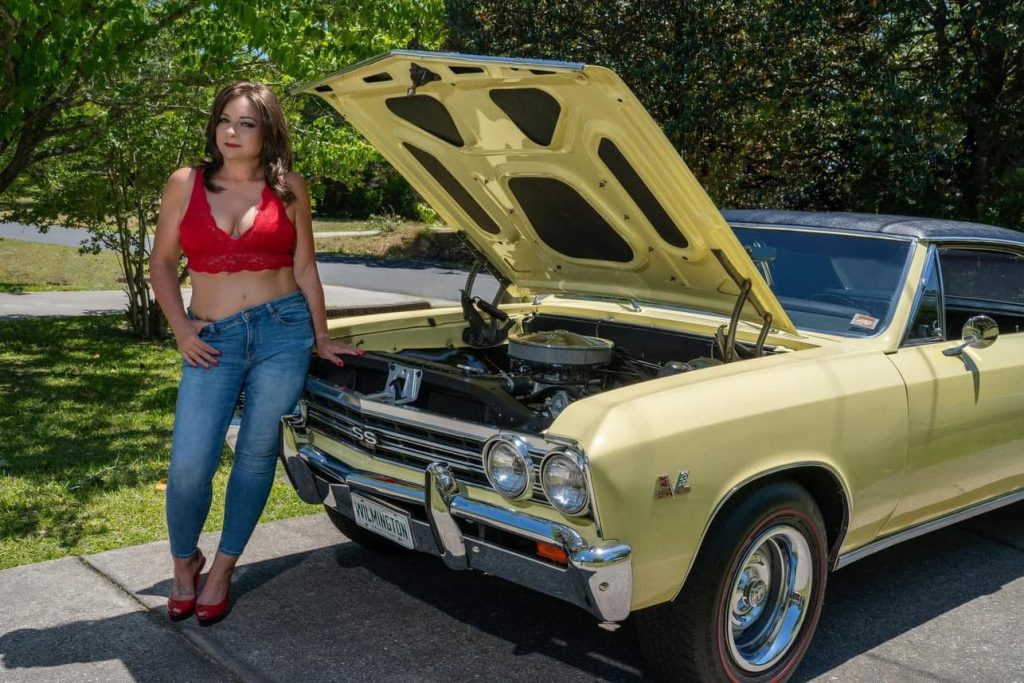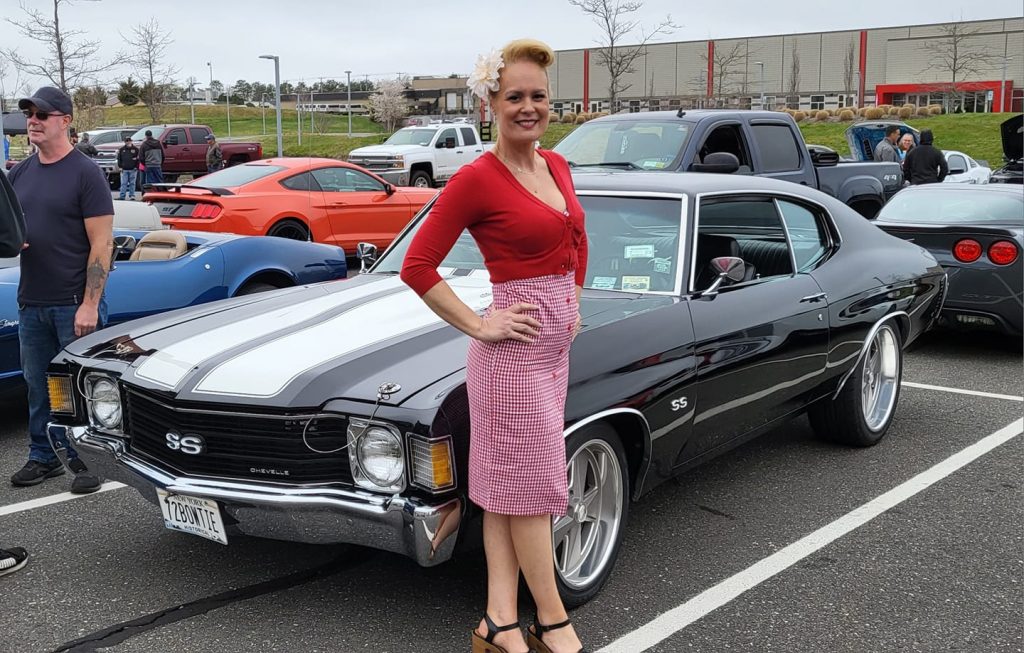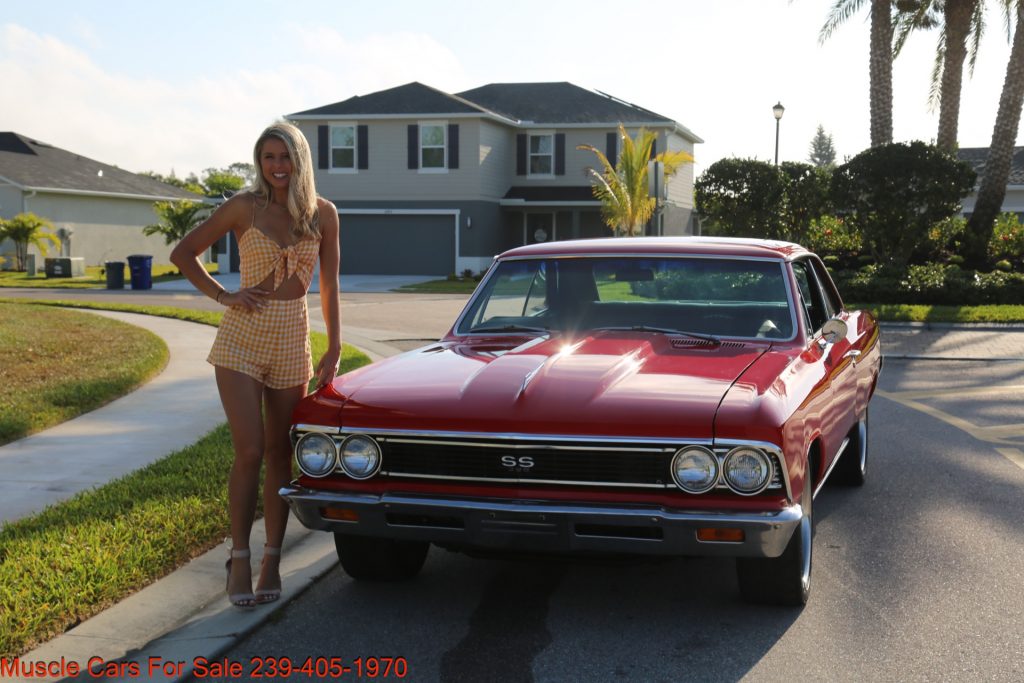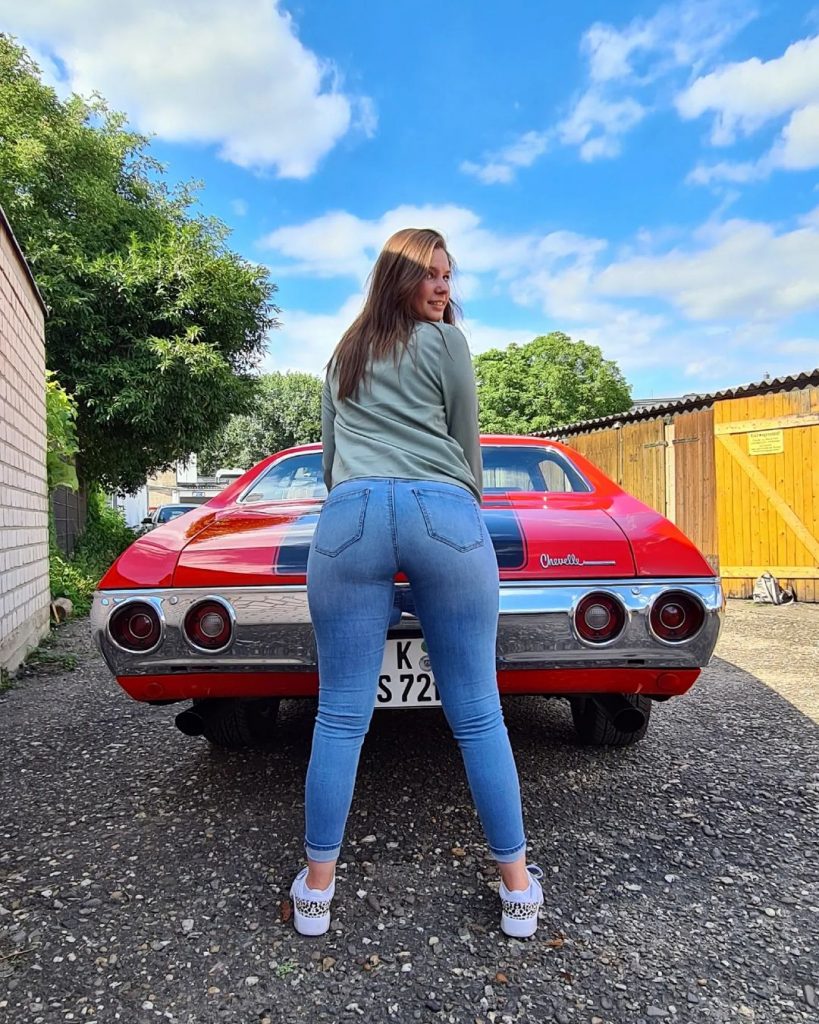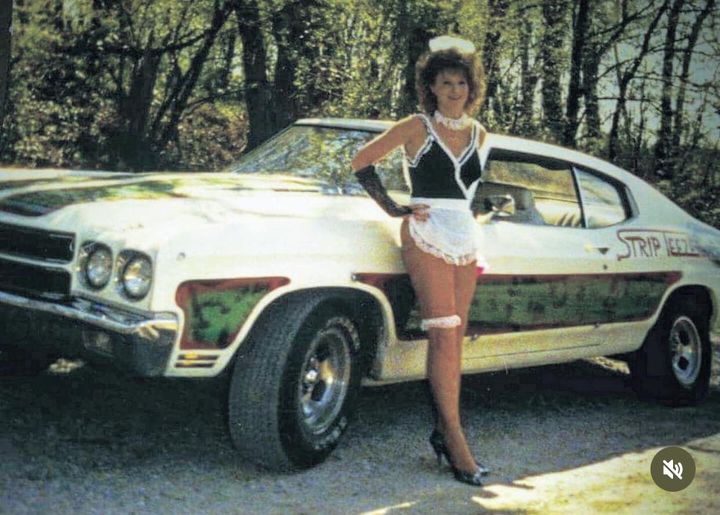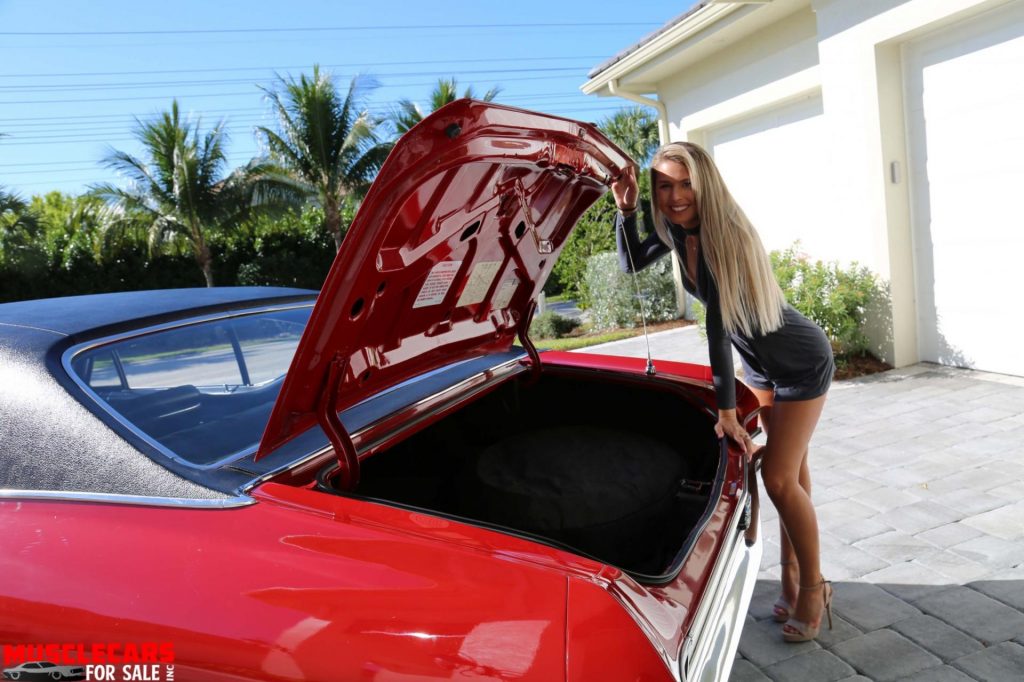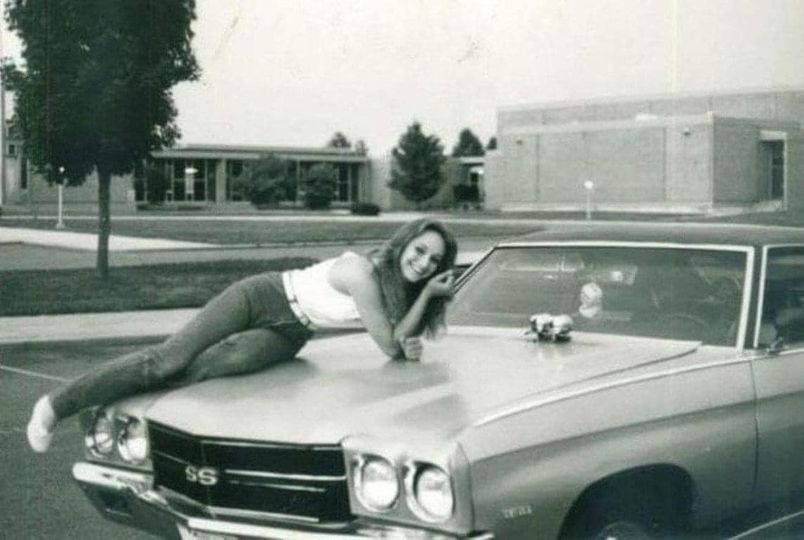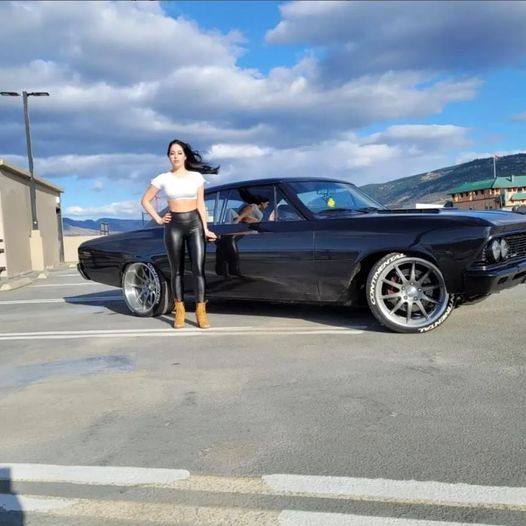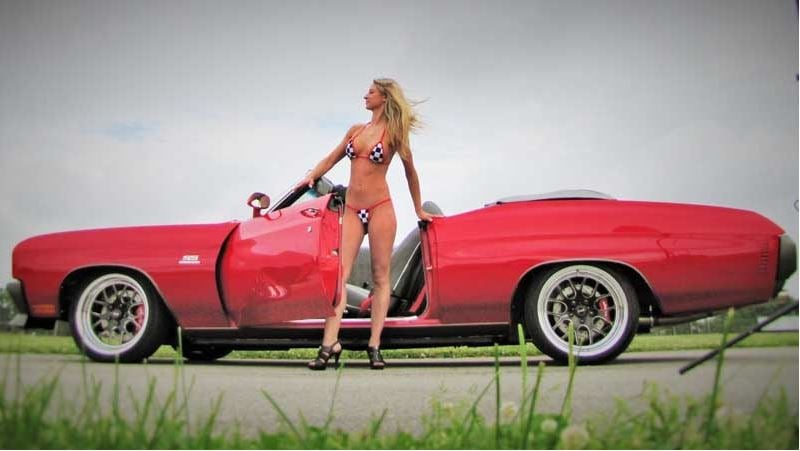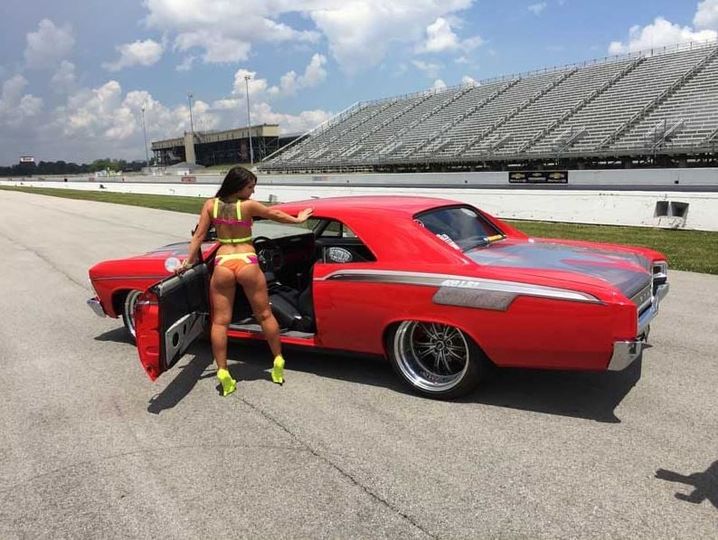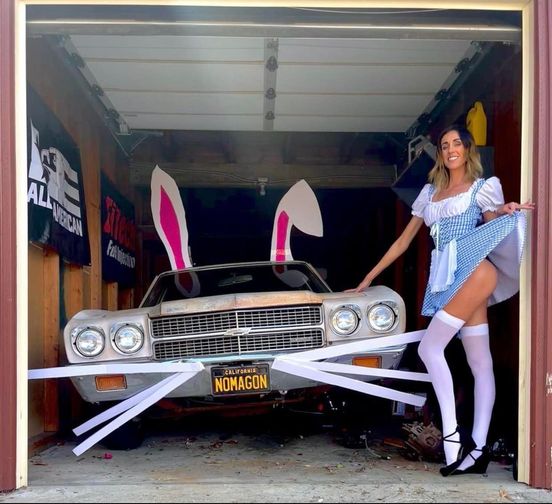
The most extensive redesign in its 10-year history marked the 1973 Chevelle.

Due to concern over proposed Federal rollover standards, convertible and 4-door hardtop models were discontinued, while the 2-door hardtop was replaced by a pillared coupe—named “Colonnade Hardtop”.
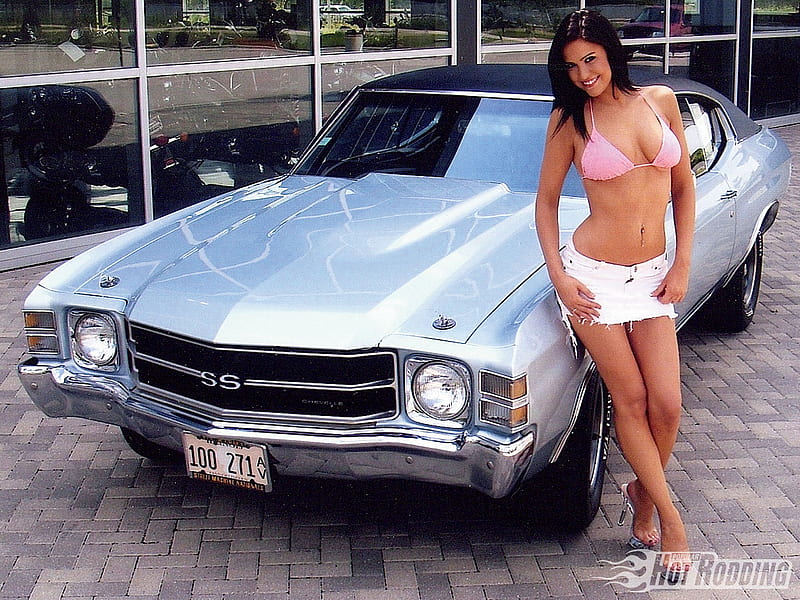
This body style featured a semi-fastback roofline, frameless door glass, and fixed, styled “B” pillars, structurally strong enough to contribute to occupant safety of a roll-over type accident. also contributed to much better visibility.
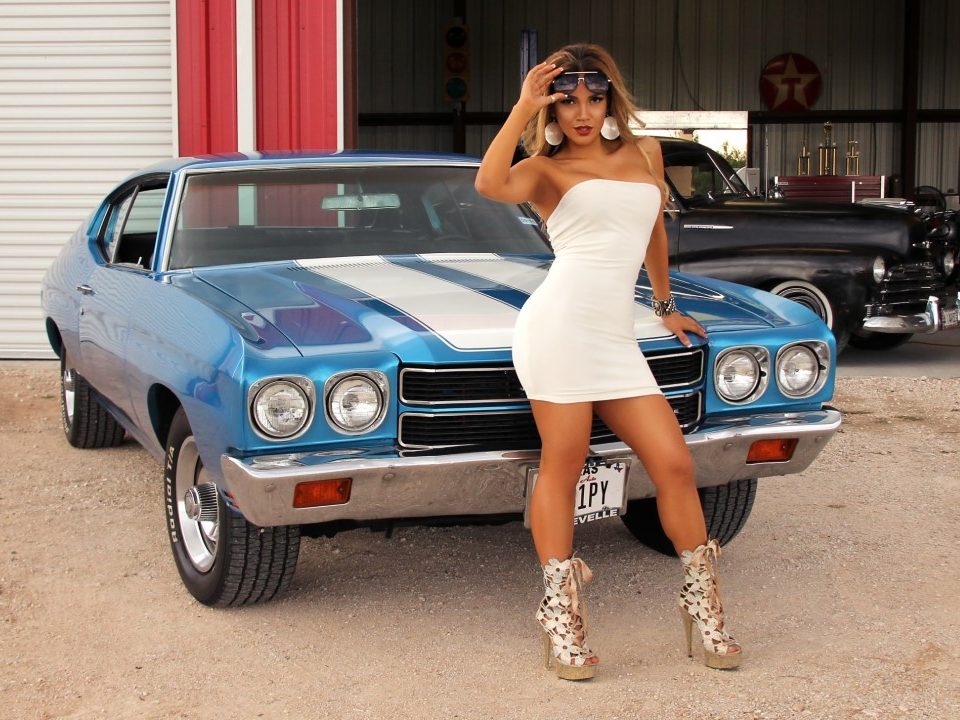
This move was somewhat controversial with the buying public as hardtops had been a staple of American cars for over 20 years.
However, the Colonnade models became a sales success.
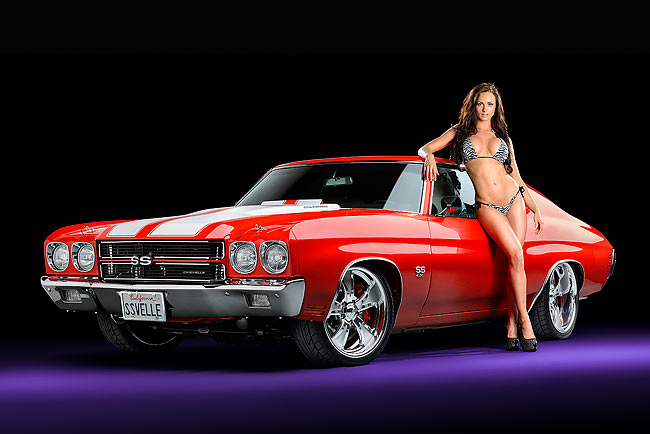
The Monte Carlo coupe was the biggest seller of the Chevrolet A-body line (actually designated A-Special), although the bread-and-butter coupes, sedans, and station wagons also sold well.
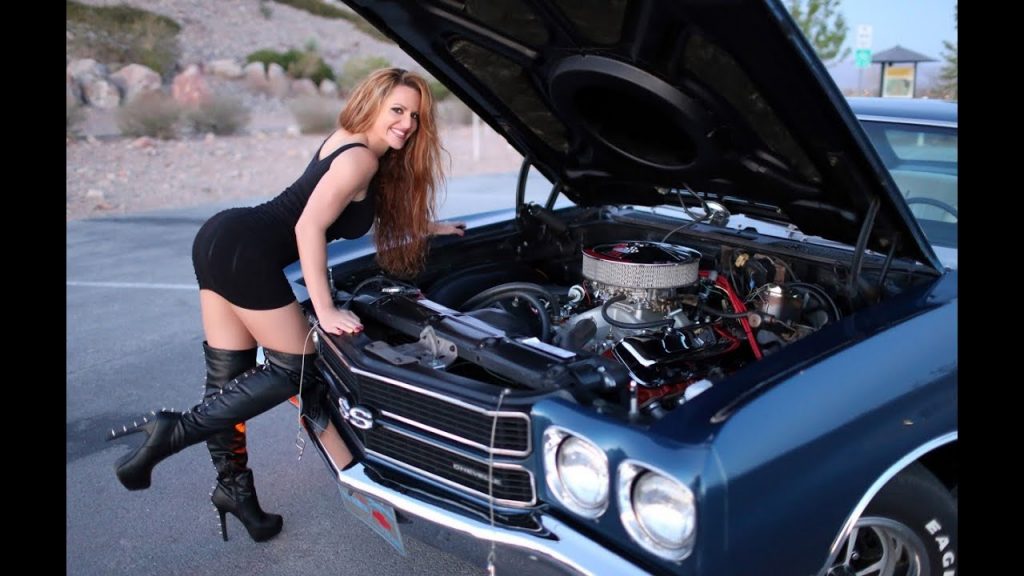
Distinctive rear quarter glass on 2-door coupes and new side windows with styled center pillars were featured on 4-door models.
Rear windows on coupes no longer opened. In addition to the new roofline, front and rear ends looked markedly different this year as 1973 was the year of the federally mandated 5 mph (8.0 km/h) front bumper, adding to the car’s length. Additional new body features were an acoustical double-panel roof, tighter-fitting glass, and flush-style outside door handles.
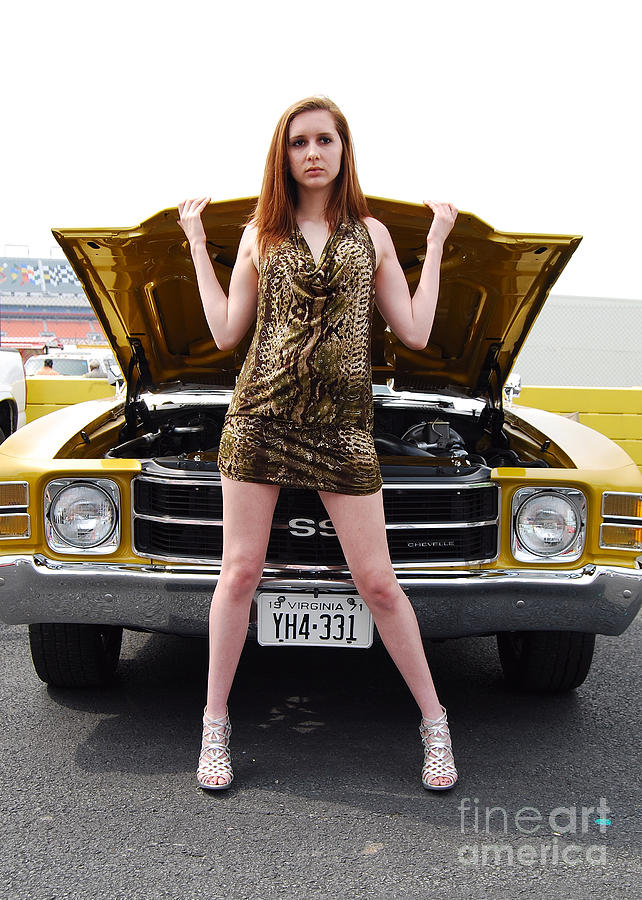
Wheelbase dimensions were retained; a 112 in (2,800 mm) for coupes and 116 in (2,900 mm) for sedans and station wagons, but bodies were five inches (127 mm) longer and an inch wider with a 1-inch (25 mm) wider wheel track. 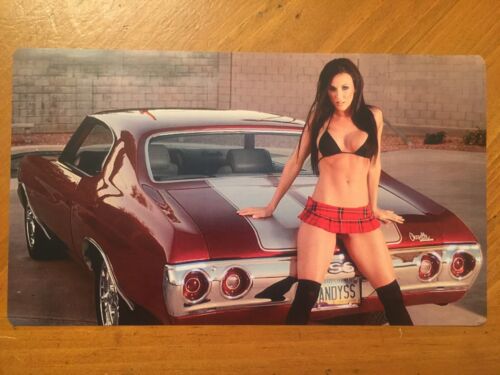
The station wagon, available in 6- or 9-passenger seating, featured a new counterbalanced liftgate which allowed for easier entry and loading up to 85 cubic feet.[27]
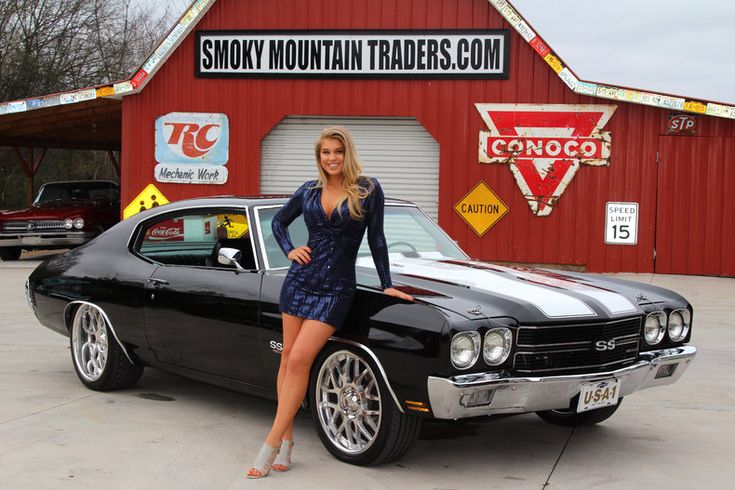
Plans to release the updated A-body lineup was scheduled for the 1972 model year but a strike that occurred at some GM assembly plants delayed the release for a full model year,
eventually extending the lifecycle of the 1968-era generation; the redesigned A-bodies were designed in a studio where it had more of a European influence – at the time of development John Z. DeLorean was the chairman at the Chevrolet division where he delayed some product releases and extending the lifecycle of some of its products; the redesigned A-bodies had some styling cues lifted from the concurrent second-generation F-bodies – the front suspension was integrated into the A-body redesign with output from respective GM divisions (each division had its own sheet metal design)

1973 models also introduced molded full foam front and rear seat construction,

a flow-through power ventilation system, an inside hood release, a larger 22-gallon fuel tank, and “flush and dry” rocker panels introduced first on the redesigned 1971 full-size Chevrolets. thin windshield pillars 
Another structural improvement was side-impact guard beams in the doors, as required by new Federal Motor Vehicle Safety Standards.[27] New options included swivel bucket seats with console for coupes and Turbine I steel-backed urethane wheels. A power moonroof was an option in 1973–75.[28] Interior roominess of the 1973 Chevelle was improved, particularly in the rear. 
Headroom was up slightly and shoulder room gains were by 1.6 inches (41 mm). Rear seat legroom was up 3.5 in (89 mm) in sedans. Another was a 15.3-cubic-foot (430 L) luggage capacity, an increase of 2.5 cubic feet (71 L) over 1972 models. Still another benefit of the new body designs was greatly improved visibility, up 25% in coupes and wagons, and 35% in sedans. The unusually 
